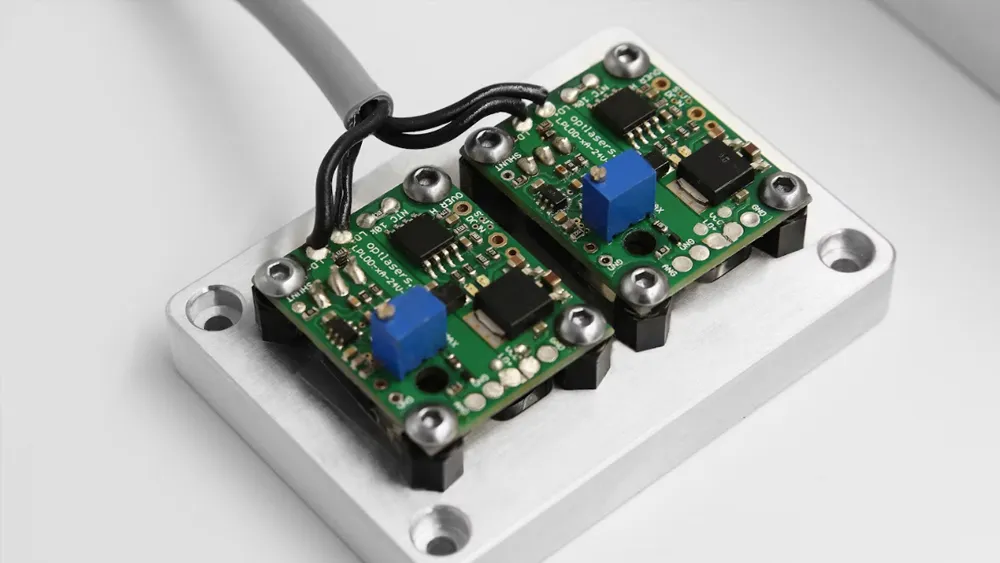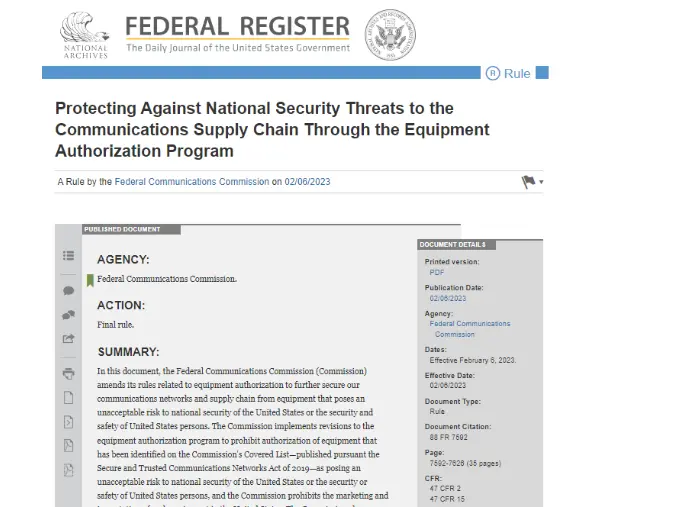
How to get a 16 CFR Part 1222 Test Report?
What is a Bedside Sleeper?
A bedside sleeper is a type of infant cradle designed to provide a sleeping space for babies approximately five months old or younger, or for those who are not yet able to get up on their hands and knees. The bedside sleeper shoULd be securely attached to the side of an adult bed, allowing the infant to sleep close to the caregiver.
The rigid frame components of a bedside sleeper may be combined with fabric or mesh components (or both) and can be used as the sides, ends, or floor (or combinations thereof) of the product.

Purpose of the Bedside Sleeper Standard
The standard aims to REDuce the risk of death and injury associated with bedside sleepers, including hazards related to entrapment and suffocation, structural integrity, product assembly, and lack of consumer education on proper use.
CPSC Regulatory Standards and Test Methods
16 CFR Part 1222– Safety Standard for Bedside Sleepers
ASTM F2906– Standard Consumer Safety Specification for Bedside Sleepers
Main Testing Items Include:
1. Dimensions and Construction:Verify that the size, shape, and structure of the product meet requirements.
2. Surface Materials:Assess abrasion resistance, water repellency, and ease of cleaning.
3. Sleeping Surface:Ensure softness, breathability, and absence of suffocation risk.
4. Elastic Performance:Test support capacity for an infant’s head.
5. Packaging Safety:Ensure packaging materials do not pose suffocation hazards.
Requirements for Bedside Sleepers
The ASTM standard defines performance, testing, and labeling requirements for bedside sleepers.
Key Provisions of ASTM F2906:
- Compliance with ASTM F2194:The Standard Consumer Safety Specification for Bassinets and Cradles, ensuring compliance with essential safety requirements (e.g., suffocation, stability, small parts, pinching/shearing, unintentional folding, load, side height, and sharp edges).
- Multi-Mode Products:Address safety concerns when the product is used in other modes (e.g., play yard, cradle, changing table, or carrier).
- Minimum Side Height:To prevent infant falls.
- Attachment Security:Ensure the product remains securely attached to prevent falls or entrapment.
- Fabric Side Enclosures:Prevent entrapment and suffocation hazards.
- Bedside Sleeper Components (Surface CollaPSE/Tilt):Prevent hazards due to missing or misassembled structural elements.
- Warnings:Remind caregivers of the risks of falling, entrapment, and suffocation when using bedside sleepers.
Modifications under 16 CFR Part 1222 (compared to ASTM F2906-13):
- Mattress Flatness Test:The allowable angle limit is changed to 10 degrees.
- Stability Test:Modified to be more stringent and applicable to product use.
- New Requirement:Addresses stability risks for products with movable bassinet beds.
Additional Requirements Under the Consumer Product Safety Improvement Act (cpsia) of 2008
Bedside sleepers must comply with requirements for surface coatings, lead content, testing and certification, registration cards, and tracking labels.
1. Surface Coating Limit:Paint must not contain lead exceeding 0.009%.
2. Lead Content Limit:Total lead content in any accessible part must not exceed 100 ppm (0.01%).
3. Phthalate Content Limit:Plasticized components must not contain more than 0.1% of the following eight phthalates:
- DEHP, DBP, BBP, DINP, DIBP, DPENP, DHEXP, and DCHP.
4. Testing and Certification:
- As with all children’s products (for ages 12 and under), bedside sleepers must be tested by a CPSC-accepted third-party laboratoryfor compliance with the bedside sleeper standard and other applicable child safety rules.
- Based on testing, the domestic manufacturer or importermust issue a Children’s Product Certificate (CPC).
5. Product and Packaging Labeling Requirements:
- Durable infant products such as bedside sleepers must be permanently markedwith specific label information, including tracking labelson both the product and its packaging.
- Additional product markingsand a product registration cardmust also be attached.
Importance of Compliance
Bedside sleepers are valued in U.S. households for their convenience; however, design flaws or safety defects can result in infant injury or death. Therefore, compliance testing and safety certification are essential to ensure product reliability and consumer trust.
Compliance Application Process
1. Prepare Documentation:Compile product descriptions, technical specifications, manufacturer information, and test reports.
2. Select Laboratory:Choose a CPSC-accepted testing laboratoryfor collaboration.
3. Submit Samples:Send product samples and required documents as per the lab’s instructions.
4. Obtain Report:After testing, the lab issues a compliance test report and certificate.
5. Labeling and Marking:Approved products must bear compliance markings and labelsaccording to regulatory standards.
Email:hello@jjrlab.com
Write your message here and send it to us
 What are ASTM F963 and CPSIA?
What are ASTM F963 and CPSIA?
 Comparison of ASTM F963 and EN 71
Comparison of ASTM F963 and EN 71
 How to get CSA C22.2 NO.256:14 Test Report?
How to get CSA C22.2 NO.256:14 Test Report?
 How much is the ISTA Amazon Packaging & Shippi
How much is the ISTA Amazon Packaging & Shippi
 Amazon Product Laboratory Testing Requirements
Amazon Product Laboratory Testing Requirements
 How to Get EPA Certificatio
How to Get EPA Certificatio
 What is EPA Certification in the United States?
What is EPA Certification in the United States?
 What is an FCC Registered Agent?
What is an FCC Registered Agent?
Leave us a message
24-hour online customer service at any time to respond, so that you worry!




